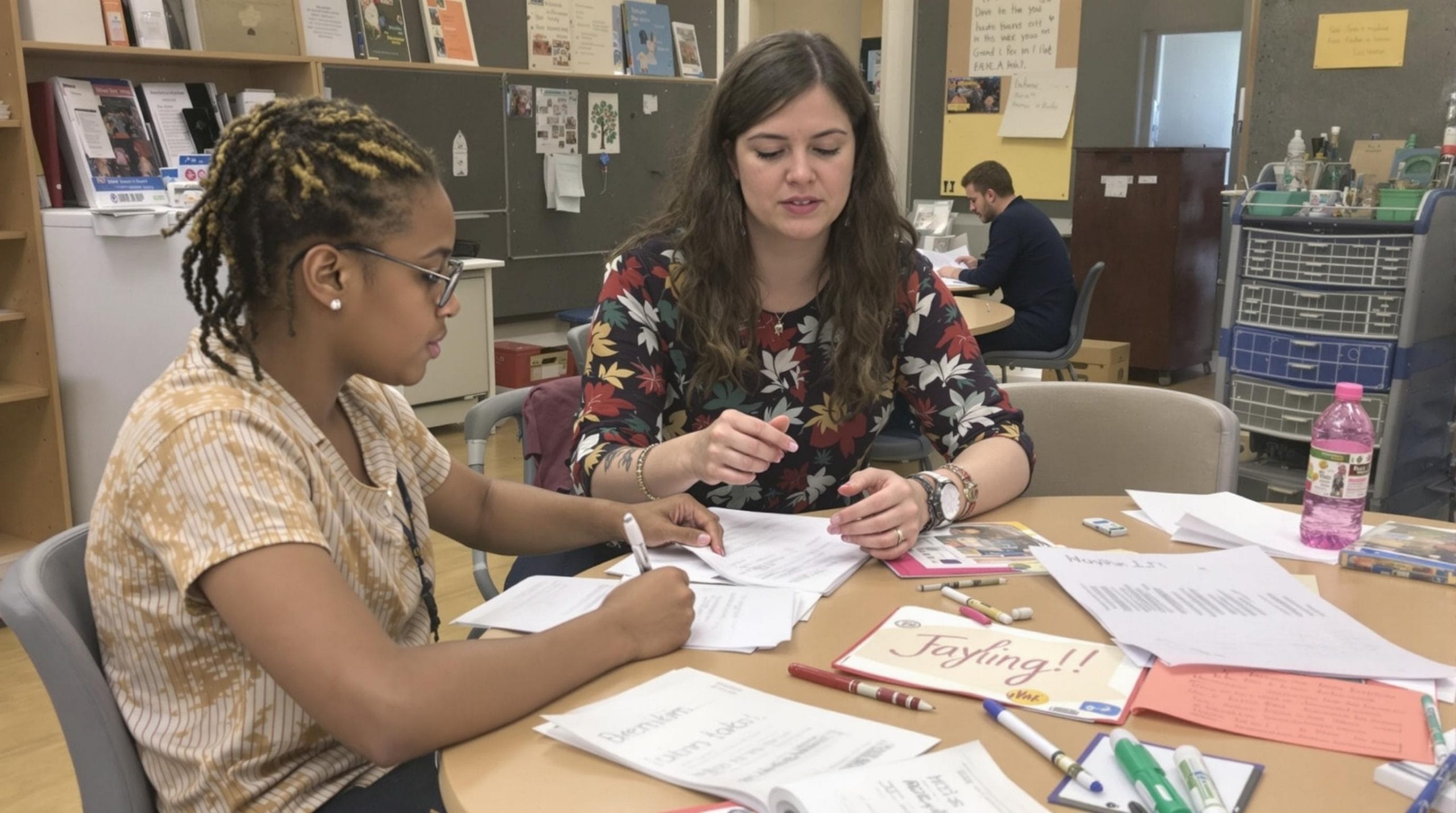The Staycation Manifesto: How to Have an Epic Summer in Your Own Zip Code
The summer of 2025 has redefined local exploration, with 17% of travelers choosing staycation ideas over distant destinations as “staying closer to home” becomes the season’s dominant trend. This shift represents more than budget consciousness—it’s a strategic approach to discovering authentic experiences right in your zip code while maximizing both time and money.
Key Takeaways
- Budget strategically by setting incremental savings targets and focusing on big-ticket items like accommodations and activities
- Transform your home into a destination resort using themed nights, backyard glamping, and virtual travel experiences
- Discover hidden local gems within 30 minutes of home using community resources and local websites
- Take advantage of off-peak pricing at local attractions and restaurants during slower weekdays
- Create a 30-day challenge to systematically explore restaurants, parks, museums, and community events in your area
Why 2025 is the Year of Local Adventure
The data tells a compelling story about how to have a staycation that rivals any distant getaway. According to Sunset, 87% of 2025 travelers are choosing domestic experiences, trading screen time for “green time” in their immediate surroundings. This isn’t about settling for less—it’s about discovering more in places you’ve likely overlooked.
Mountain towns like Shandaken, New York in the Catskills are trending on Airbnb’s list for unplugged getaways, proving that epic summer staycation destinations don’t require passport stamps. The shift reflects what Vacasa reports as travelers seeking “value for money” (56%) and authentic local experiences rather than tourist trap adventures.
Become a Tourist in Your Own Backyard
I challenge you to discover five hidden gems within 30 minutes of your home using local websites and community resources. This approach to things to do in your hometown starts with intentional exploration rather than random wandering.
Local hiking trails, hidden parks, and nature preserves offer the outdoor experiences that 40% of vacationers prioritize when seeking water or scenic countryside settings. These locations often provide the same restorative benefits as distant national parks without the travel costs and time investment.
Museums, art installations, and community art walks create opportunities for cultural enrichment and neighborhood connection. Local websites and community boards frequently highlight upcoming events that tourists never discover but locals can access easily.
The Weekly Restaurant Challenge
Your local summer activities should include systematic culinary exploration through one new restaurant each week. This staycation guide approach ensures you’ll discover authentic flavors within your immediate area while supporting local businesses.
Farmers’ markets provide fresh ingredients and community connections that enhance your home cooking experiences. These venues often feature seasonal specialties that reflect your region’s agricultural strengths and cultural influences.
Local breweries and food establishments operating off the typical tourist radar frequently offer better value and more interesting conversations than chain restaurants. The key is strategic selection based on local recommendations rather than online reviews from distant visitors.
Transform Your Home Into a Destination Resort
What to do on a staycation becomes limitless when you reimagine your living space as entertainment headquarters. Themed “destination nights” can transport you to French bistros, beach retreats, or movie festivals using creativity instead of airline tickets.
Backyard “glamping” capitalizes on the rising outdoor trend by combining camping equipment with familiar surroundings. Set up tents, arrange outdoor lighting, and use local hiking trails for day adventures that return to comfortable home base each evening.
Technology enhances these experiences through VR tours and online cooking classes that provide virtual travel without leaving your zip code. These tools work particularly well for screen-free activities when combined with hands-on cooking or crafting projects.
Finding Your Perfect Staycation Sweet Spots
Your long island staycation or local equivalent should target destinations offering reliable WiFi (58% consider non-negotiable), pools (46%), scenic views (44%), and convenient parking (41%) according to StayFi. These amenities create resort-like experiences without resort prices.
National parks attract 29% of outdoor enthusiasts, while lakes draw 27% of “green time” seekers. Community pools, local viewpoints, and guest passes for regional clubs provide access to similar amenities through creative networking rather than expensive memberships.
One- and two-bedroom local rentals appeal to solo travelers, couples, and small families seeking nearby getaways. These accommodations often provide better value than hotels while maintaining the novelty of sleeping somewhere different.
Budget Like a Pro
Set your total budget upfront, covering big-ticket items like accommodations, activities, and food alongside smaller expenses such as gas, gear, and local transport. This comprehensive approach prevents budget creep that can make staycations surprisingly expensive.
Use a dedicated savings account with incremental targets—saving $10 per week for 10 weeks creates a $100 staycation budget without financial strain. BankFive recommends this systematic approach for sustainable vacation planning that doesn’t impact regular expenses.
Off-peak pricing at local attractions and boutique hotels during slow weekdays can reduce costs by 30-50%. Meal planning at home instead of constant dining out saves significant money—skipping daily coffee purchases alone can save a family of five $30 per day during a staycation week.
Your 30-Day Local Explorer Challenge
Week 1 focuses on discovering three hidden parks or nature spots within your zip code. Use local hiking apps and community websites to identify lesser-known locations that provide outdoor experiences without crowds.
Week 2 combines culinary exploration with social experiences through two new restaurants and one local brewery visit. This approach to new york local travel or your regional equivalent creates memorable food experiences while supporting neighborhood businesses.
Week 3 emphasizes community connection through one local event and one museum or attraction visit. These activities often provide cultural insights about your area that you’ve never considered despite living there for years.
Week 4 brings everything together with one themed destination night at home and one backyard adventure. Document these experiences and share discoveries with other local explorers to build a community network of staycation enthusiasts, especially during times when you might experience summer burnout.
Mastering the Art of Slow Travel at Home
Your backyard vacation succeeds through intentional pacing rather than cramming multiple activities into single days. Slow travel at home means deeper exploration of fewer locations instead of superficial visits to many places.
Borrow or rent camping equipment and use multipurpose supplies to keep costs low while maintaining outdoor adventure quality. This approach provides wilderness experiences without the logistics and expenses of distant camping trips.
Connection through volunteer activities, local eateries, and community events creates lasting relationships and ongoing entertainment options. These activities often lead to future invitations and insider knowledge about upcoming local events and hidden gems, perfect for planning outdoor gatherings that showcase your area’s best features.
Sources
StayFi – Vacation Rental Statistics
Austin Community College – Budgeting for a Staycation
Sunset – Airbnb 2025 Summer Trends
Hyatt Vacation Club – Budget-Friendly Vacation Planning
Vacasa – Summer Travel Trends 2025
BankFive – Budget-Friendly Vacation Planning
latest video
news via inbox
Nulla turp dis cursus. Integer liberos euismod pretium faucibua





